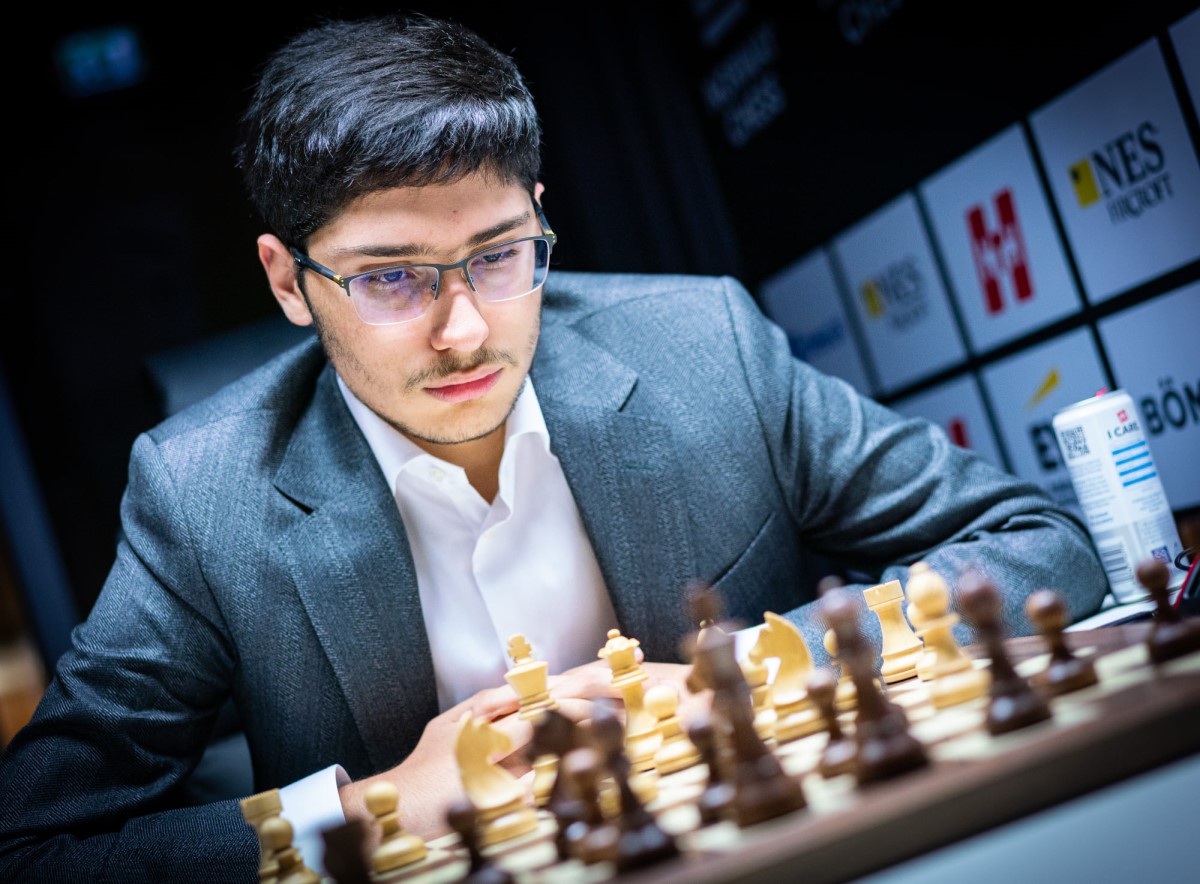


Perennial favourite Magnus Carlsen won the ninth edition of the Norway Chess Tournament in Stavanger after getting an Armageddon victory over Ian Nepomniachtchi in the tenth and final round of the event. The world champion came from scoring four consecutive wins in classical games to snatch the lead away from long-time sole leader Richard Rapport. This is Carlsen’s third straight triumph in his home super-tournament, as the man from Tønsberg has won all editions that featured the current pointing system.
The highest-rated player in the world was not the only streaky participant in Stavanger, though, as Alireza Firouzja also won four in a row to climb to sole second place in the final standings after a rather disappointing start. The 18-year-old star gained 16.2 Elo points and climbed to ninth place in the live ratings list. For comparison’s sake, at the same age (18 years and 3 months), Carlsen had a 2770 official rating, the exact same rating Firouzja reached thanks to his strong performance! The sky is the limit for the French representative.
Rapport finished in third place, as he seemed to run out of steam towards the end of the tournament. The Hungarian nevertheless left a strong impression — he gained 10 rating points and, like Firouzja, he also joined the world’s top 10. At 25, the ever-creative Rapport is a force to be reckoned with, and we expect to see him getting more invitations to elite tournaments in the months to come.
As for the World Championship challenger, it was an uneven performance for Ian Nepomniachtchi. After failing to make it to Stavanger in time, the Russian won one game and lost two in classical chess throughout the event. It was apparent during the post-game interviews that Nepo is mostly focused on the coming match against the world champion, as we are only two months away from the much-anticipated confrontation.

It has been a gruelling event | Photo: Lennart Ootes
A theoretical discussion out of an Italian in the classical game finished drawn after 33 moves. In Armageddon, Carlsen was a pawn down but had the bishop pair and much more active pieces in the endgame.
Black is winning here. Carlsen could have gained a piece with 48...Ke4, when there is no way to save the knight without making decisive concessions both after 49.Nh4 and 49.Ne1. However, all that the world champion needed was a draw, so he went for the simple 48...Bxf3.
Nepo faltered soon after, and had to resign on move 56. The World Championship challenger later talked about his performance with Anastasiya Karlovich:
The result is disgusting, completely disgusting, considering all the chances I spoiled — especially these two games against Firouzja and Aryan. But, at the same time, I believe it was quite useful.

Ian Nepomniachtchi and Magnus Carlsen | Photo: Lennart Ootes
Unsurprisingly, the latest additions to the world’s top 10 played the sharpest game of the day. Firouzja deviated from theory on move 11, entering a line in which he was ready to give up an exchange for a strong initiative.
The database shows that this position was last reached back in 1978, when White played the natural 11.Qa4+ and went on to win the game. Firouzja had a different plan though, as he opted for 11.Qxd4 Nc2 12.Qe4, leaving his rook undefended.
After 12...Nxa1, Firouzja spent over half an hour on 13.Bf4. The game continued 13...Be6 14.Rxa1 Rc8 15.Nd5 dxe5 16.Nxe5 and Rapport had a difficult decision to make in this critical position.
With 16...Rxc4, Black would go for a close-to-equal endgame in which he still needs to be precise — 17.Qxc4 Qxd5 18.Qxd5 Bxd5. The other alternative, the one chosen by Rapport, leads to a tactical skirmish: 16...f6 17.Nf3 Bxd5 18.cxd5 and White’s position still has plenty of attacking potential.
Firouzja began to create threat after threat with the black king stuck in the centre. A visibly exhausted Rapport could not find the right defensive ideas and saw his position collapsing rather quickly.
Firouzja’s bold play was rewarded, as he collected 3 points to finish in sole second place behind the world champion.

Alireza Firouzja | Photo: Lennart Ootes
Much like his compatriot Nepomniachtchi, Karjakin had an uneven performance in Stavanger. After beating tailender Tari in Armageddon, he explained:
I just wanted to play to enjoy playing because I don’t know when I will play a tournament game [again]. I was trying to play creatively.
Meanwhile, Tari, who got to beat Nepomniachtchi in round 8, confessed:
It was much better than last year at least. I’m very happy I won one game here, it’s very difficult to beat these guys, so the fact that I won with black against Ian was a big achievement.
| Player | Games | Points |
| Magnus Carlsen | 10 | 19½ |
| Alireza Firouzja | 10 | 18 |
| Richard Rapport | 10 | 16½ |
| Ian Nepomniactchi | 10 | 12 |
| Sergey Karjakin | 10 | 10 |
| Aryan Tari | 10 | 7 |